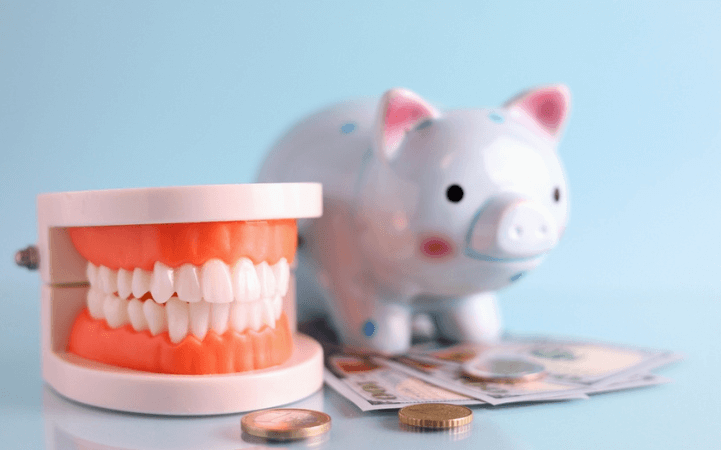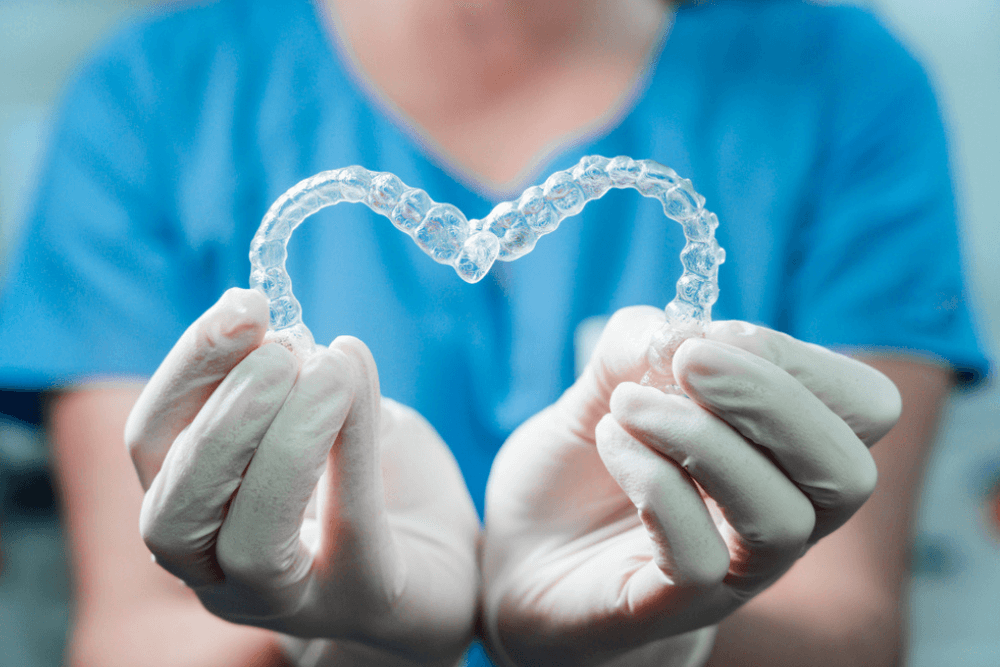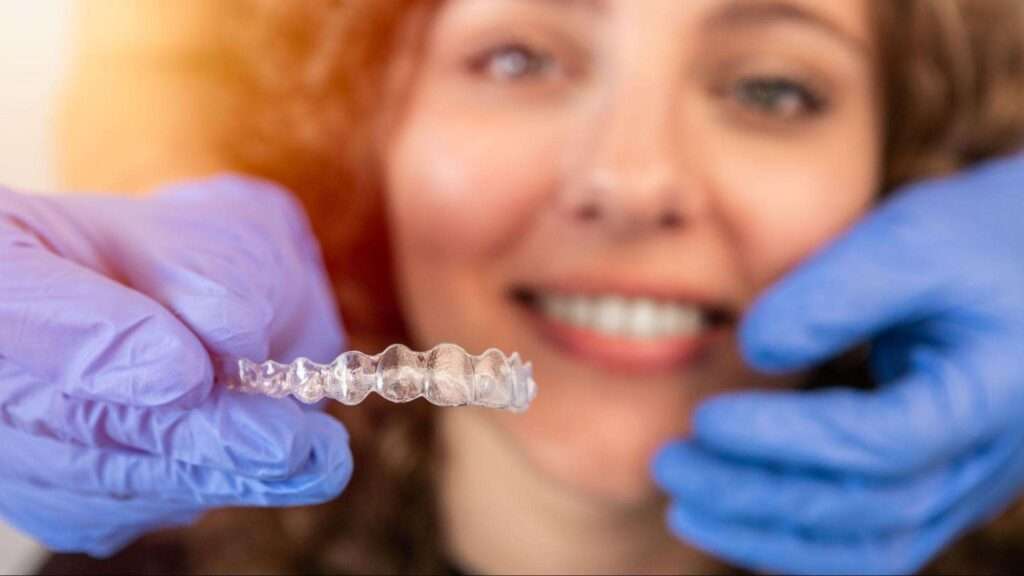What Is A Smile Makeover, And How Long Does It Take?
A beautiful smile radiates enjoyment, confidence, excitement, health, and vitality. Modern society places great value on attractive smiles. Unfortunately, we all know our physical features determine almost all aspects of life starting with employment opportunities and reaching social interactions with others. Any dental condition, including broken teeth and misaligned teeth that make you conceal your smile through suppression, requires a smile makeover. What Is a Smile Makeover? A Hollywood-style smile makeover surgery becomes essential for people whose smile quality has declined substantially. A smile transformation process consists of multiple cosmetic dental treatments to correct severe smile flaws instead of individual procedures like tooth whitening or veneer implantation. Standard cosmetic procedures remedy every aesthetic dental issue starting from tooth damage through missing teeth and misalignment issues, and also address gaps between teeth and severe fractures while treating heavy tooth discoloration. Each smile restoration procedure starts by meeting the particular needs of each patient. How Does the Smile Restoration Work? The smile makeover includes three main components: Symmetry: A symmetrical smile should maintain an equivalent level of smoothness from ear to ear. Your smile makeover dentist can recommend deep cleaning together with tooth decay treatment and crowns, as well as dental procedures that will help you achieve symmetry. Color: Your teeth’s current condition will determine whether your dentist suggests teeth whitening treatments or dental veneers to obtain a uniform, bright, and white smile. Alignment: When dealing with alignment problems, dental professionals recommend considering clear aligner treatments or porcelain veneers and traditional dental procedures. The initial step involves your dentist assessing your overall health before selecting the most suitable strategy. During your appointment, they will investigate the condition of your teeth alongside your gums and mouth structure for problems that require early intervention. The possible complications from this condition include dental bone loss along with both teeth decay and gum disease. Overview of the Smile Makeover Journey Your dentist will construct a treatment strategy with you to resolve your smile makeover eligibility after determining your suitability. Texture: The appearance of crowns and veneers together with other restorations may be made specifically masculine or feminine while maintaining an exact color and size in relation to adjacent teeth. Proportion: A great smile necessitates exact dimensions. The two front teeth should lead in size while maintaining a length-to-width measurement of four to five. The cosmetic dentist will examine how your teeth share proportionate dimensions and help bring about your best possible tooth placement. Length: Longer teeth appear healthier and younger since teeth shorten with age. Your cosmetic dentist may be able to alter or lengthen your dominant front teeth using composite bonding or porcelain veneers. Laser dentistry can also be used to change the gum line and display more of your natural teeth. Your dentist will advise you on the best course of treatment based on your dental health, goals, and budget. Major Oral Cosmetic Concerns That Require Smile Makeovers Smile makeover treatments focus on these dental problems, which dentists regularly address: Teeth that show chipped or fractured areas at the front of the mouth frequently appear unappealing to people. Dental cavities, along with other severe complications, are among the possible outcomes of these issues. Your tooth surfaces become vulnerable to substances that can damage tooth structure or root when you have chipped teeth. Therefore, dental procedures like veneers are successful in masking chipped teeth. Misaligned teeth: Chewing becomes troublesome for people with misaligned teeth. The problems caused by this condition include fractures of teeth as well as jaw strain, temporomandibular joint disorder (TMJ), and chronic headaches. The condition makes speaking difficult for patients. Straightening crooked teeth requires orthodontic treatments like braces and Invisalign. Gaps between teeth: Space between teeth lets food materials accumulate, resulting in bacterial buildup and plaque formation. The absence of proper treatment will eventually cause tooth decay and gum disease. Gaps between teeth can also lead to a crooked bite. Veneers or dental bonding can be used to correct irregular gaps between teeth. Missing Teeth: Your smile will undergo detrimental changes when you have missing teeth. Your bite function faces an increased risk of oral health issues, such as tooth decay, because of missing teeth. Dental implants and bridges function as alternatives to replace single missing teeth. Dis-coloured or stained teeth: ne of the most prevalent dental issues is discoloration. Fortunately, this is one of the easiest challenges to solve. Consuming coffee alongside wine and acidic beverages diminishes tooth enamel which leads to staining of teeth. Most patients achieve suitable results from in-office teeth whitening, but severe tooth discoloration might require the use of veneers. A few persons possess teeth that are shorter than several other teeth, leading to an untreated mismatched appearance. Dental issues arise from both teeth size differences and exceptionally long or short tooth lengths. The treatment of small teeth involves using composite bonding, but veneers provide additional options for expansion when needed. Difference Between Smile Makeovers and Full-Face Oral Reconstruction A makeover differs from a full-mouth oral reconstruction while both procedures share selected similarities and common elements. The main difference between a smile makeover series and a full-mouth dental reconstruction exists in their purpose, as the reconstruction targets both structural and oral health restoration. Damaged gums and total tooth loss, together with serious bite misalignment, can merit a full-mouth dental reconstruction procedure. What Does a Smile Makeover Include? Although each smile makeover treatment is unique, it commonly includes some of the following treatments. Treating Gum Disease In some circumstances, the dentist may need to start by treating the gums. Untreated gum disease can progress beneath veneers and other restorations. The best treatment strategy will depend on the severity of the ailment but may include: Professional dental cleaning: A deep cleaning may be enough to prevent full-fledged gum disease from developing if there is mild plaque and tartar along the gumline. When the issue progresses to gingivitis (mild gum disease) or periodontitis (severe gum disease), cleaning alone will not be enough to eliminate the pollution. Scaling and root-planning:
What Is A Smile Makeover, And How Long Does It Take? Read More »











